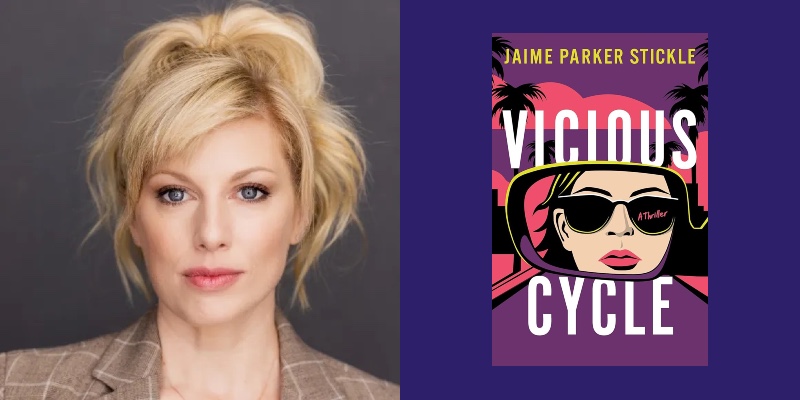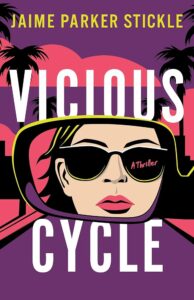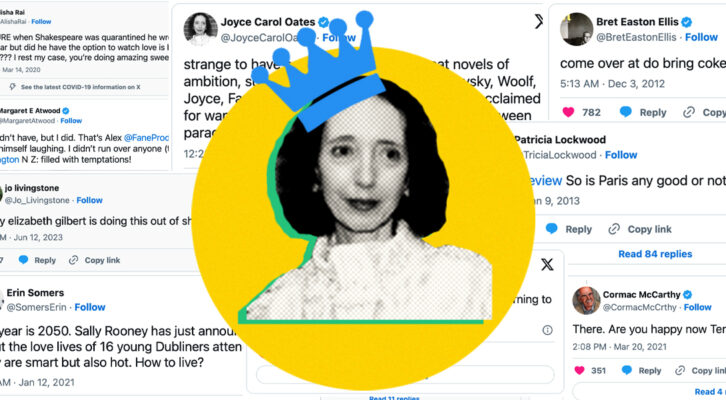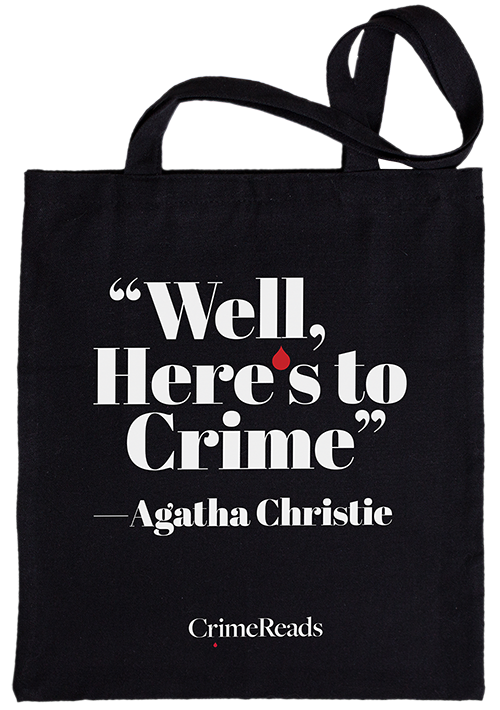So many of us have been there. Listening to our favorite true crime podcast, reading an exposé, watching a crime documentary. That insistent thought creeps in and repeats itself until you acknowledge its reality or absurdity: I could do that. That’s the allure of the whodunit mystery – it keeps the audience actively guessing, formulating theories, analyzing clues, and participating in the unraveling of a mystery. For some of us, though, guessing who may have committed the crime isn’t enough. Some of us aren’t satisfied having the mystery solved for us—even over the course of excruciatingly detailed podcast episodes. Some of us feel this urge, this compulsion to roll up our sleeves and investigate. We need to see it through.
I know I am not alone in heeding this call. I have been approached by friends looking to start private investigative agencies together—some of my text chains look more like an outline for an episode of Law and Order SVU than your typical group chat. We belong to Facebook groups we have no business being in, trolling for information about its members. Sometimes we are looking for cheaters, or liars, or scammers, usually for a friend of the group, or pulling threads from local headlines. Once I opened a text to a picture of a man and a possible first name. He’d spent a lot of time loitering around the home of a female comic who lived alone. “Can you find out who this person is?” I did a reverse image search, used the name given and found a ghost Facebook account. I also found a few addresses, none near her home. I urged her to call the police because loitering felt adjacent to stalking.
Occasionally someone goes missing, and my personal switchboard lights up, activating our network of armchair sleuths to dig through the virtual trove of evidential data that is social media. Sometimes we help people—if only in small ways—like finding a hard-to-locate friend or identifying a pattern of past behaviors that are being replicated in a current relationship. Sometimes it’s finding the person that assaulted us on a date and making sure they are far away from us now.
All these investigations happen behind a desk, through a keyboard, anonymously. They are challenging and worthwhile. But, for me, there was something missing from each of these cases—interaction. Human contact. Asking my questions and seeing the answer on a person’s face before the words pass through their lips.
We who are addicted to sleuthing all remember our first time. I was in high school, junior year. Mr. Young assigned us a research paper—something innocuous: rituals. I chose exorcisms. He was expecting a William Friedkin fan-letter from a teenage girl obsessed with pea soup vomit special effects. I don’t think he anticipated receiving a phone call asking why his student was going into Catholic churches in the community, questioning the priests about why the Church was performing exorcisms on women who were suffering from anxiety and depression. And while my first in-depth inquiry didn’t glean the kind of answers or systemic change my young mind sought, it didn’t matter because I now had something I would never again go without: the power of investigation.
In college, I interned with a local Detroit news station and was lucky enough to be assigned to the special investigations team. I sifted through B-roll, screened stories that came in through our tip line, and went out with our cameraman to conduct interviews for stories that would be cut into the five o’clock line-up. (A TV anchor would always replace me, asking the questions on the air that I had asked in person.)
The internship ended, and my next news job wasn’t nearly as satisfying. Although I applied for positions on investigations desks, I ended up working an early morning shift as a PA doing busywork for the editors. The job, the hours, the city—they broke me. I quit, packed up my car, flipped a coin (it was tails) and drove west until I hit the ocean. That’s where I started my new life as an actor and a writer.
Had that coin landed on heads, I would have headed east towards New York, and along my way I could have easily pit-stopped in Pittsburgh—and who knows? I might have even run into a young woman there who happened to also be named Jamie Stickle (she spelled her first name differently from mine.) Jamie was a popular bartender and beloved member of the LGBTQ+ community there, and on February 8, 2002, just a few months after I set out for California, she was tragically, violently murdered, burned alive in her car.
But the coin landed on tails, and I hadn’t yet learned of Jamie Stickle. What I did learn was that rent in LA was steep, and so was gas. So I hit the pavement looking for a job. I finally landed an interview. I sat across from a man who seemed old at the time, but was likely the age I am now, and instead of asking me questions, he just stared at his monitor for an interminable period, before finally glancing at me and saying, “It says here, you’re dead.” I didn’t know how to respond to that, and I didn’t get the job, but what I did get was a mystery that would haunt me for the next two decades.
What could I do with this strange bit of information? That a woman with my name had been murdered, parked outside her apartment which she rented from the nephew of Andy Warhol? I thought nothing, so I filed it away and moved forward.
I discovered I had a penchant for writing crime. I spent six years writing my debut novel, Vicious Cycle, the story of a former investigative journalist who gets pulled into an active investigation, weaving my own experiences into a work of fiction. But all the while something was calling me back to the story of the dead woman with my name. I had googled her over the years, only to find her case had grown cold, and largely forgotten. As I binged Serial and Bear Brook and In the Dark and In Your Own Backyard and about a hundred other riveting true crime podcasts, I kept expecting someone to dive into the story of Jamie Stickle and was always surprised when they didn’t. A couple of shows scratched the surface, but no one really dug into her murder. It occurred to me that perhaps this was the time, and perhaps I was the person to resurrect her twenty-year old case, to tell Jamie’s story.
I started where I always do: on Facebook. I looked up her friends, her coworkers, her family. Then I took the step that was missing from so many of my investigations over the years. I made contact. And I’ll be honest—at first it was pretty tentative. Imagine picking up the phone and hearing from someone who shares a name with your deceased loved one, asking questions and wanting to tell her story. After I made my case, and after some time, people from Jamie’s life did choose to talk to me, but most were terrified—they wanted me to change their names, their voices, and some would only talk off the record. Many in Jamie’s circle are afraid her murderer will target them next, even twenty-plus years later. I admit I had moments of fear for myself and my family after listening to their stories, but I kept going because it didn’t feel right to quit after bringing some hope to Jamie’s community.
I spoke with Jamie’s sister. I met her friends and people she worked with. I spoke with the police, and experts, and the coroner, and to the people who were with her the night she died. With my partner, we constructed a thorough account of her life and death and told her story in the long form she deserves, over the course of a nine-episode podcast.
As of now, I have not found Jamie’s killer; sometimes that’s how an investigation goes. I must live with that knowledge. A murderer, Jamie Stickle’s murderer, still walks free. That thought gives me chills more often than you might guess. It’s also drawn criticism from some that believe they know who did it, but without new evidence the police won’t reopen Jamie’s cold case. What my partner and I did discover and report on is a history of institutional disdain for and neglect of a marginalized community. We brought attention to Jamie’s story, and to a criminal justice system that failed her. I also took something from this investigation—a personal connection to and involvement in the story that deepened my understanding and empathy for those whose lives are touched by criminal tragedy, which needs to be central in the telling of such stories, be they truth or fiction.
***
















